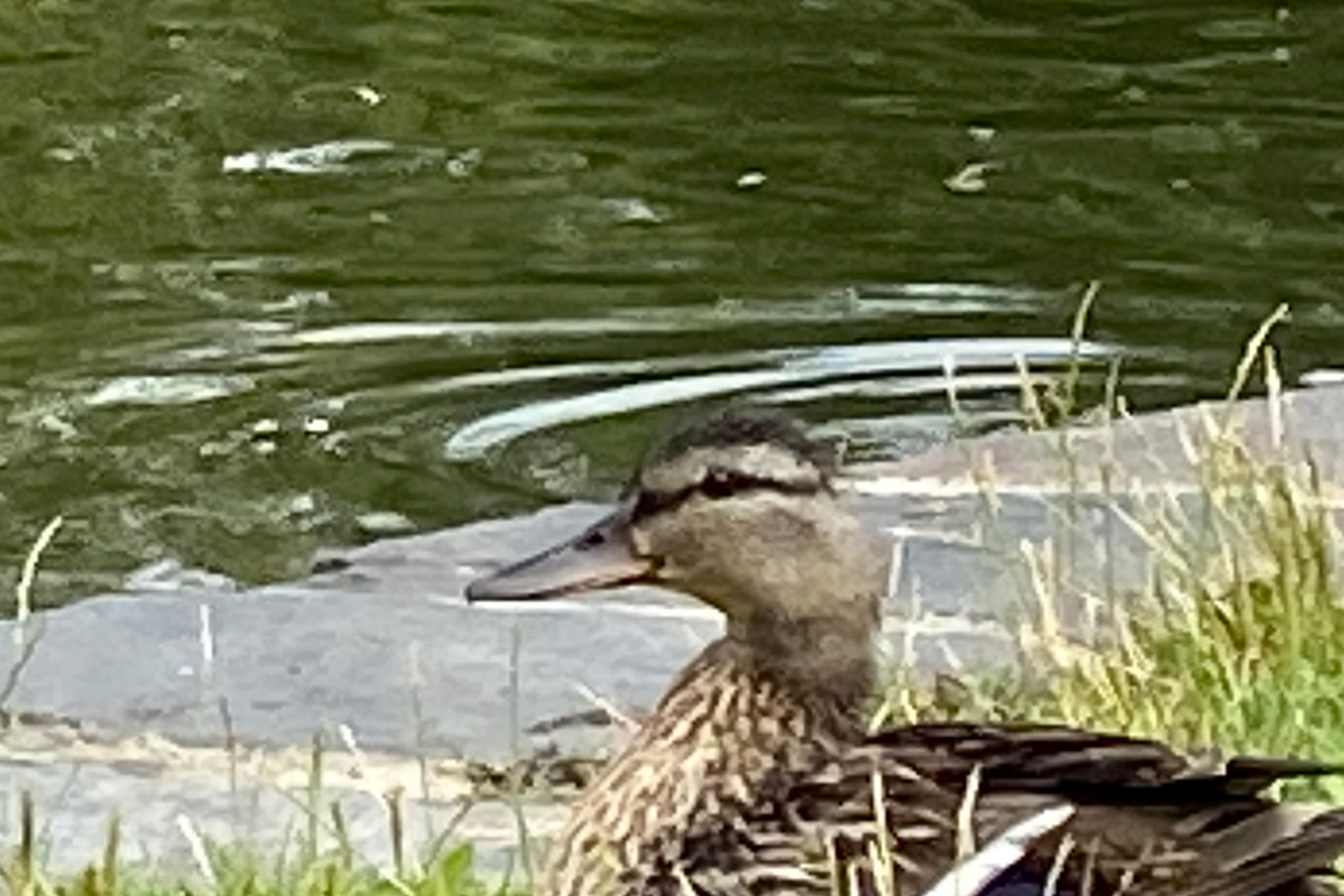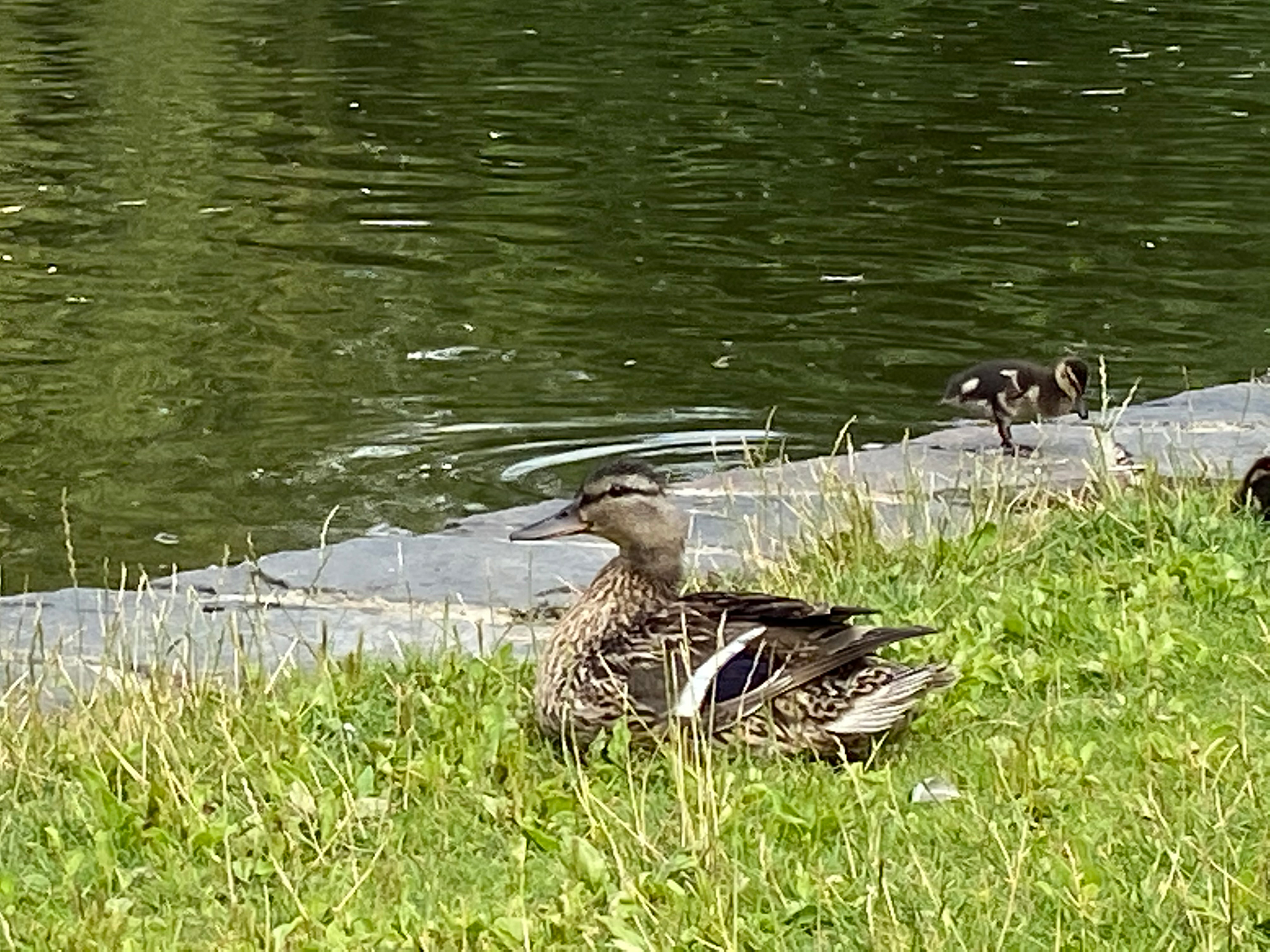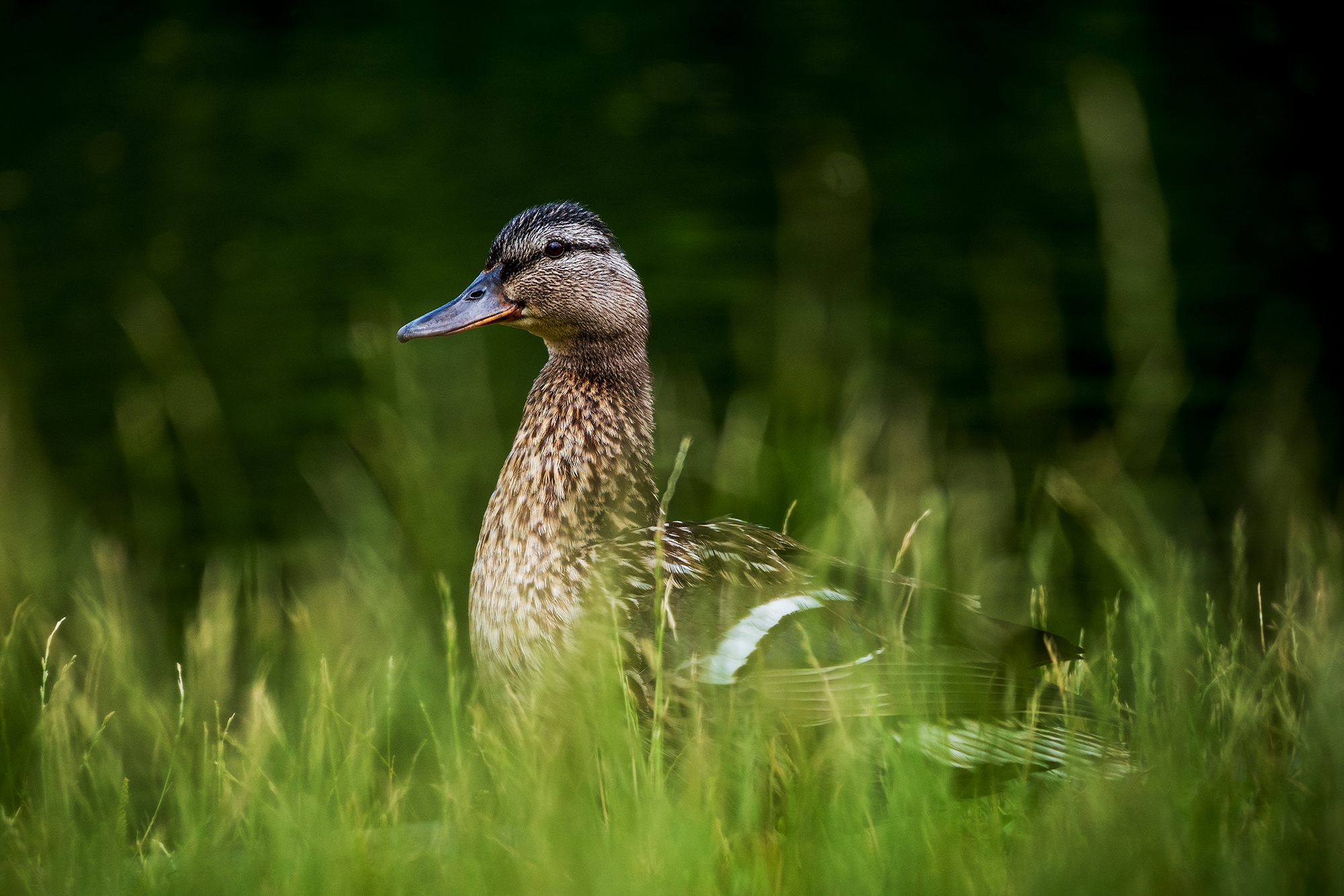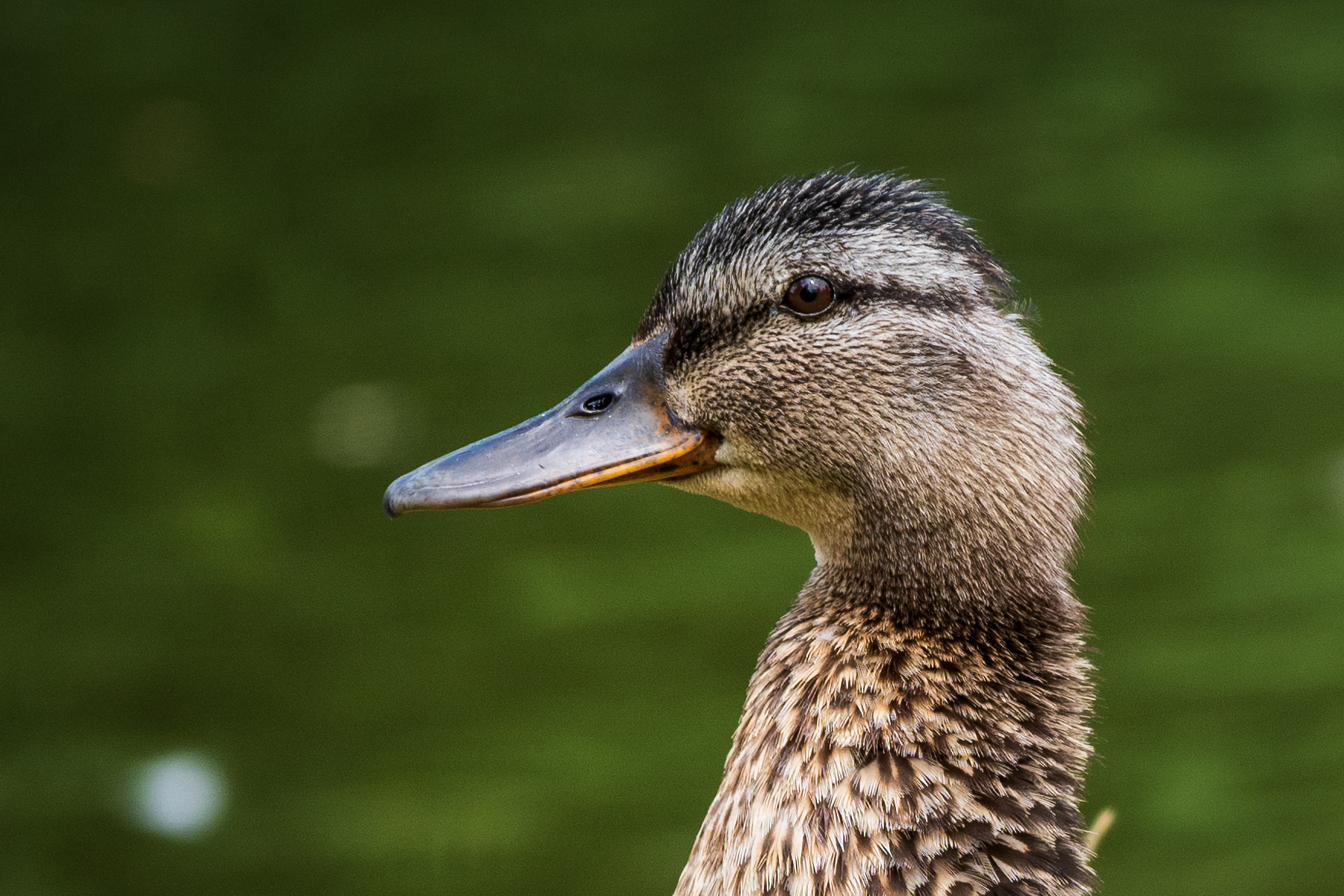Commercial message: Mobile phones are now comparable to digital cameras in terms of photo quality. They attract high resolution and professional photos without effort. But can you really do as well with a mobile phone when photographing nature and wildlife as you do with a digital camera? We tried it. In the test, we put a mirrorless camera against each other Nikon z50 and one of the best photomobiles of today, Samsung S20 and iPhone 11. What did we compare? Photography of nature and wild animals.
Although mobile phone cameras are really good these days, the difference in this kind of photography is absolutely obvious. When taking pictures in the wild, your best friend is a high-quality telephoto lens, which simply cannot be equipped with a mobile phone. It will enable you to capture the photographed subject from a great distance and at the same time fill a significant part of the frame with it. No wild animal will allow you to get so close that you can take a picture of it with a normal, let alone a wide-angle lens, just like the ones that are equipped with expensive photomobiles. Therefore, the subject needs to be zoomed in several times, which will reduce its quality several times when taking photos with a mobile phone, and the beautiful, sharp images that mobile phones promise are tatam. However, with a mirrorless camera and a telephoto lens, you can stand far enough away to not startle the animal, but still capture it as if you were standing next to it. Optical zoom is a huge advantage of the camera.

How does it work?
To take such a professional photo of the animal, we used the Nikon Z50 camera with a focal length of 250 mm and the lowest aperture number offered by the lens, i.e. f/6.3. We also chose a relatively short shutter speed (1/400 s) to eliminate any unwanted blurring of the photo due to unsteady hands. The focal length of our lens appears to be 1,5 mm due to the 375× crop of the APS-C sensor. By using a short time, we also ensure that the animal will be sharp even if it moves. In addition, the lens is VR, which means Vibration reduction, so you can always hold it in good lighting conditions without difficulty. The sensitivity of ISO 200 is then a guarantee of virtually undetectable noise. You can learn it yourself very easily. For training, it is best to go to a nature reserve, nature reserve or perhaps a zoo.
This is what iPhone photos look like:
This is what the camera photos look like:
No need to worry about the load
With new, almost miniature, yet powerful mirrorless cameras, such as the Nikon Z50, you can also easily pack a telephoto lens even for a longer trip. For new Nikon mirrorless cameras new Z-mount lenses are also available with an APS-C sensor. And this also applies to telephoto lenses. So, if you pack a Nikon Z50 with a 16-50 mm kit lens and a 50-250 mm telephoto lens, your complete photographic equipment will weigh less than a kilogram, which you will certainly appreciate during long nature walks. Another nice bonus to photographing animals in nature with a telephoto camera is the fact that you can print the uniquely immortalized animal for your room on an A1 or larger poster. While you are afraid to show a 10 × 15 photo with a mobile phone, because a lynx can suddenly turn you into a cougar.
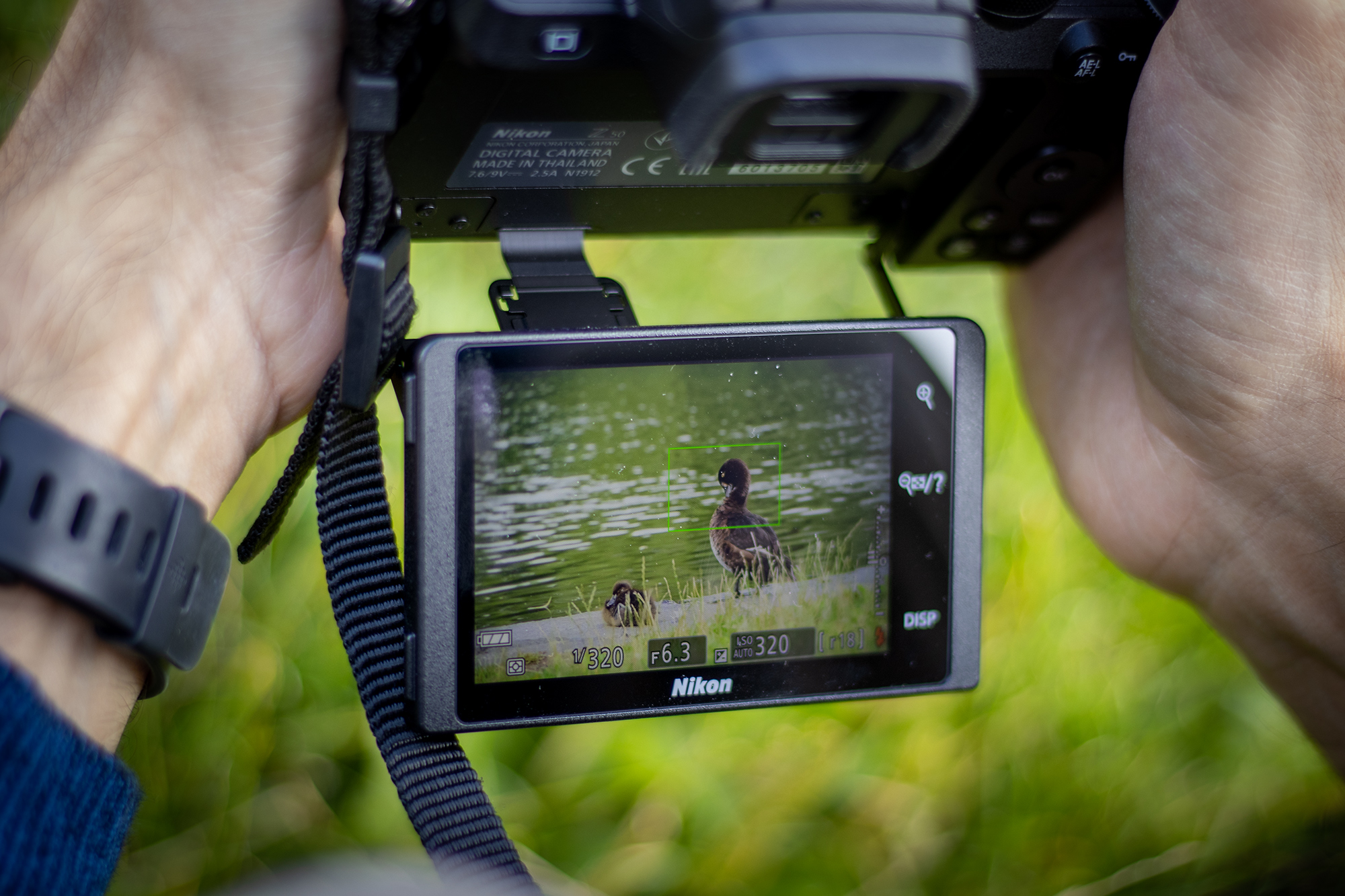
Complete test
But that's not all. We didn't only photograph animals in nature. We pitted mobile phones and cameras against each other in a total of five categories. See for yourself how they functioned not only when photographing nature, but also night landscapes, portraits, animals in motion, and during sunrise and sunset. Did SLR cameras win outright, or were mobile phones able to match them? You can find everything here.
Discussion of the article
Discussion is not open for this article.
